بول سيجناك (1863-1935)
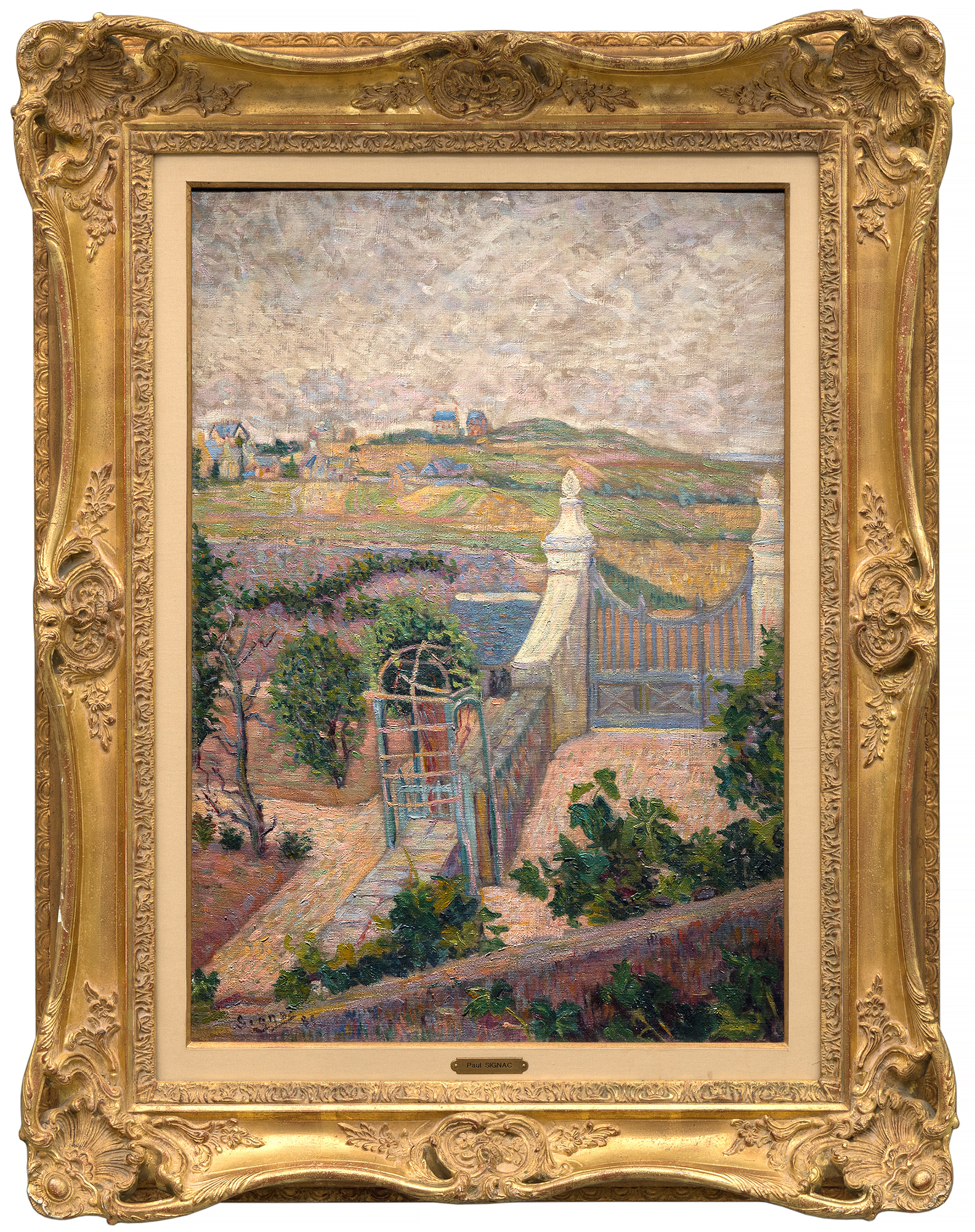

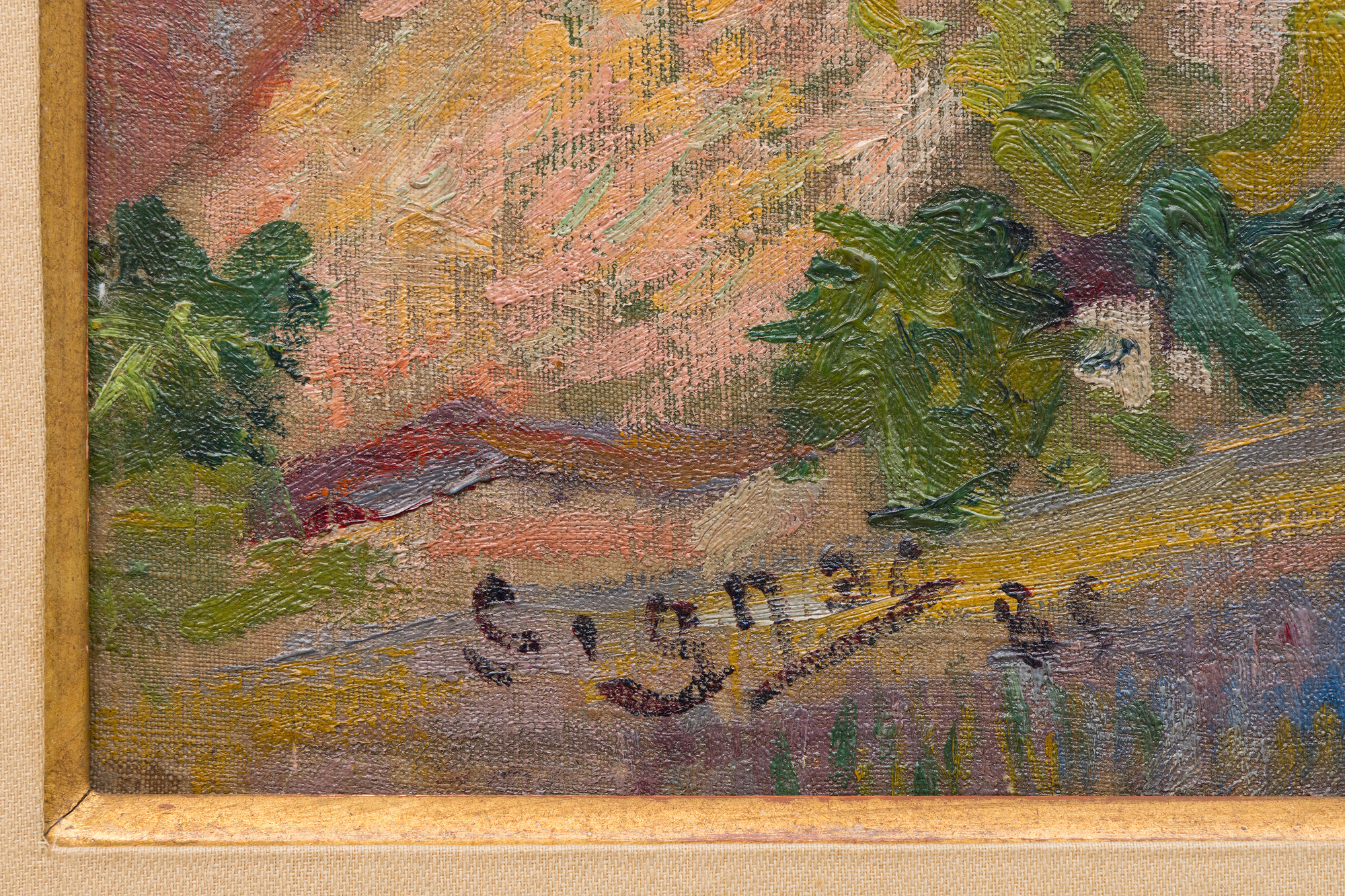
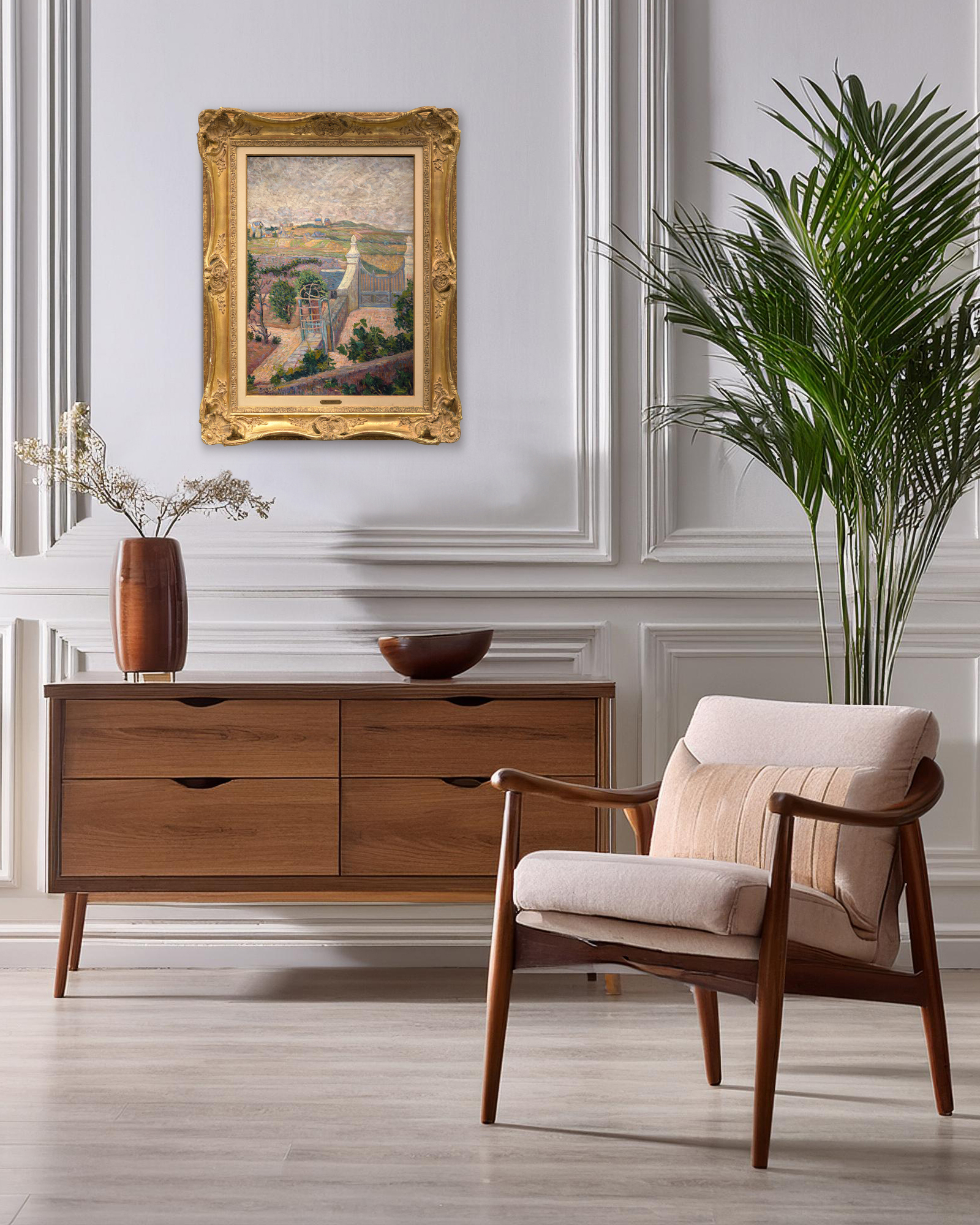
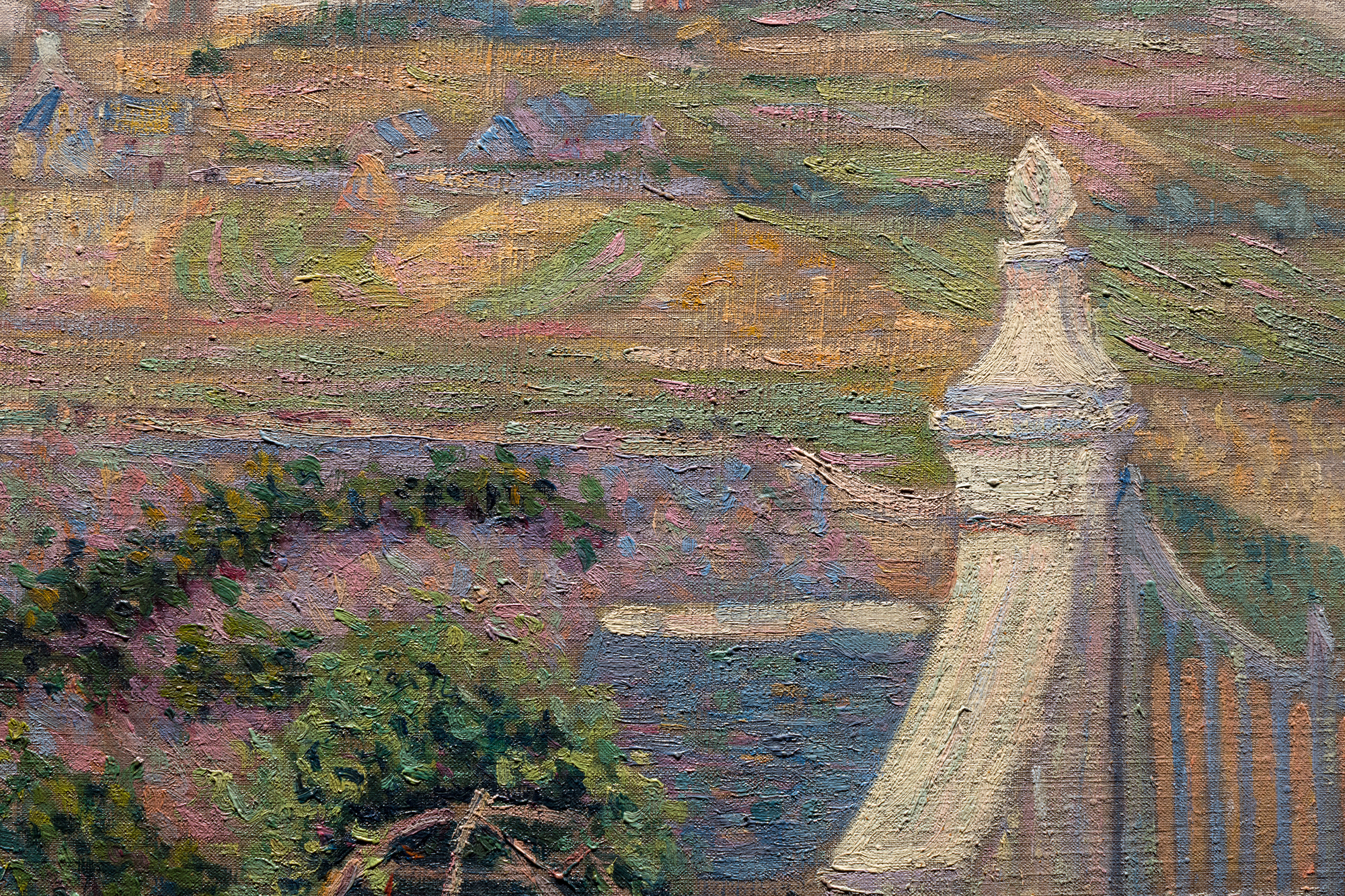
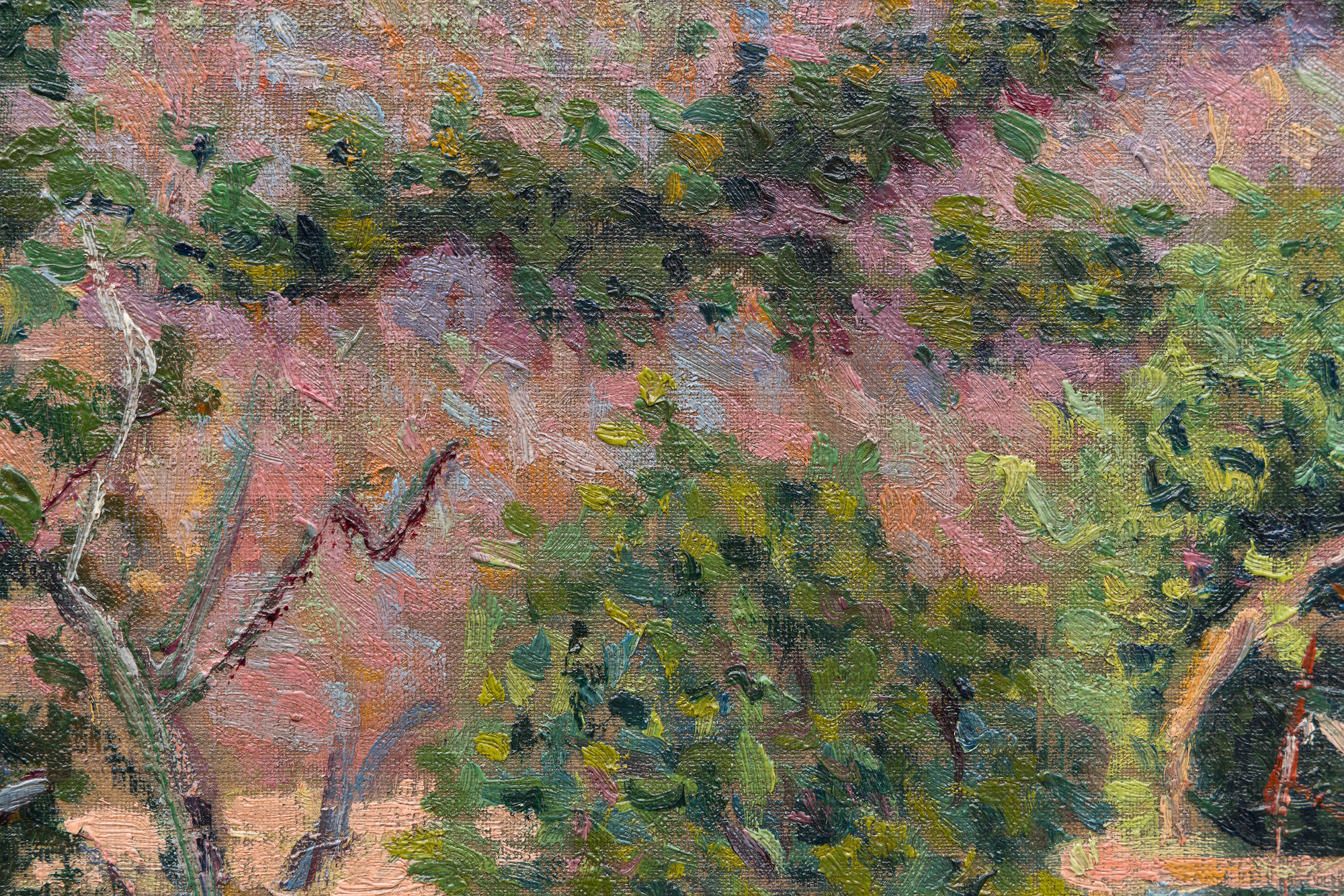


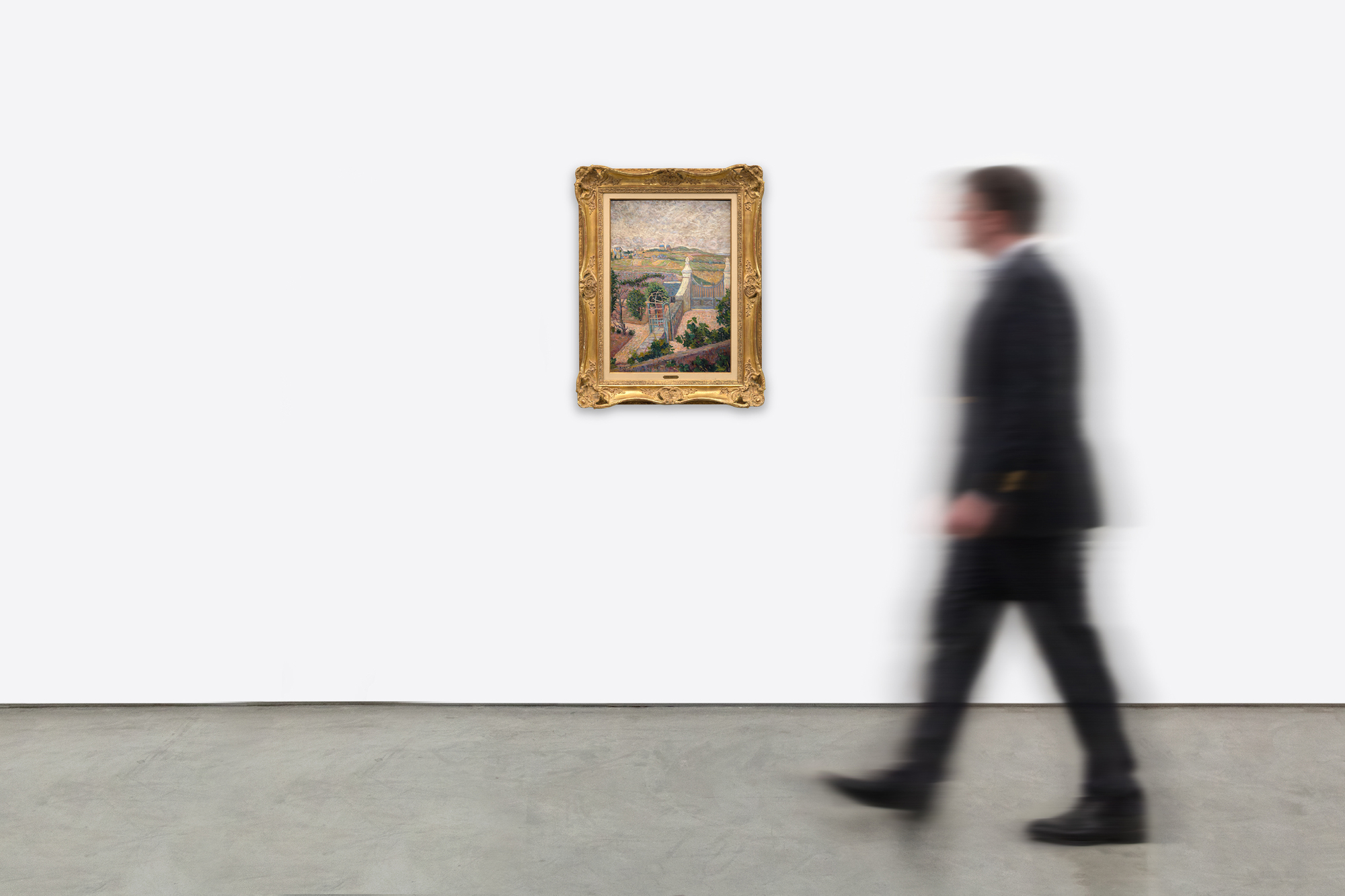
الاصل
جول ريفيير، كاجنيسفندق درو، باريس، باريس، 23 مارس 1956، القطعة 103
مجموعة خاصة، تم اقتناؤها من المجموعة المذكورة أعلاه
فندق دروو، باريس، باريس، 19 يونيو 1990، القطعة 130
مجموعة خاصة، سويسرا
مزادات هامبل للفنون الجميلة، ميونيخ، 29 أبريل 2017، القطعة 6
مجموعة خاصة، تم اقتناؤها من المجموعة المذكورة أعلاه
مزادات هامبل للفنون الجميلة، ميونيخ، 26 سبتمبر 2018، القطعة 602
مجموعة خاصة، تم الحصول عليها مما سبق
سوذبيز نيويورك الثلاثاء، 14 نوفمبر/تشرين الثاني 2023، القطعة 306
مجموعة خاصة، تم الحصول عليها من... اكثر...هـ أعلاه
معرض
نيويورك، المعارض الفنية الأمريكية، معارض الفنون الأمريكية، أعمال بالألوان الزيتية والباستيل للفنانين الانطباعيين في باريس، 1886، رقم 70، ص 18 (بعنوان من نافذتي)الادب
فرانسيس سوار وهاشيت، "كونيسانس الفنون"، باريس، 1956، ص 61Sophie Monneret, L'Impressionisme et son époque, dictionnaire international, vol. II, Paris 1980, p. 255
فندق درو، "جريدة فندق درو"، "جريدة فندق درو"، المجلد الرابع والأربعون، باريس، 1990، رقم 21
فرانسواز كاشين، سيناك. Catalogue raisonné de l'oeuvre peint، باريس، 2000، رقم 102، ص 169، مصور
... اقل... السعر425,000
كان العمل في السابق ملكًا للملحن وقائد الأوركسترا الفرنسي جول ريفيير، وقد نوقش في نصوص تاريخية فنية رئيسية، بما في ذلك كتاب "عصر الانطباعية وابن عصرها" (1956) لصوفي مونيريه (1956)، وكتاب فرانسواز كاشين "سيناك": Catalogue raisonné de l'oeuvre peint (2000)، حيث تم توضيحه كمدخل رقم. 102. وتوجد أمثلة مماثلة من سلسلة سان برياك نفسها في متحف المتروبوليتان للفنون ومعهد شيكاغو للفنون ومتحف كارنيجي للفنون. وتكشف هذه الأعمال مجتمعةً عن انتقال سيناك نحو اللمعان المنظم الذي سيحدد قريباً الانطباعية الجديدة ويضمن مكانته بين كبار المبتكرين في الرسم الحديث.


